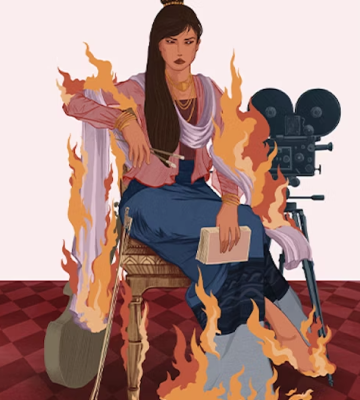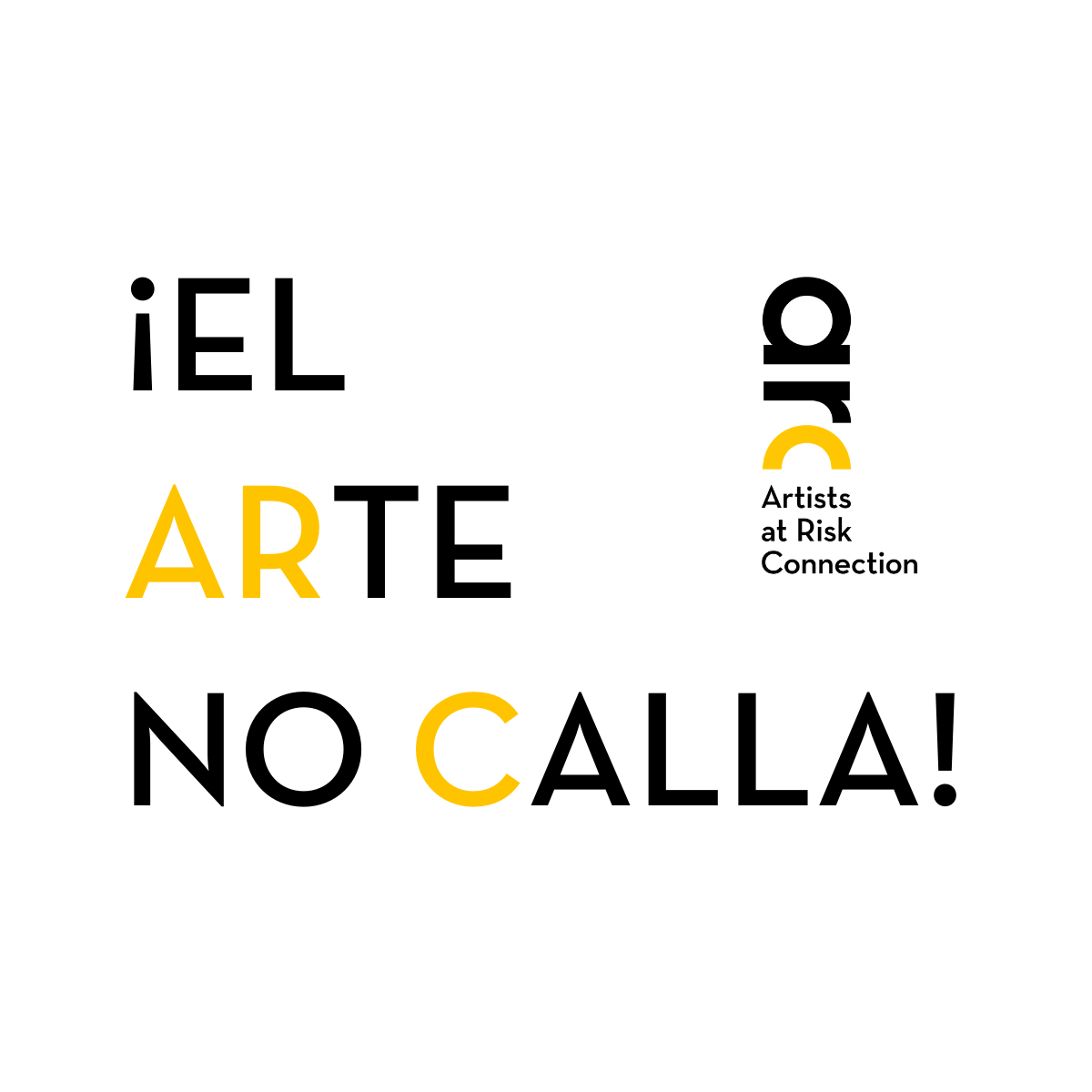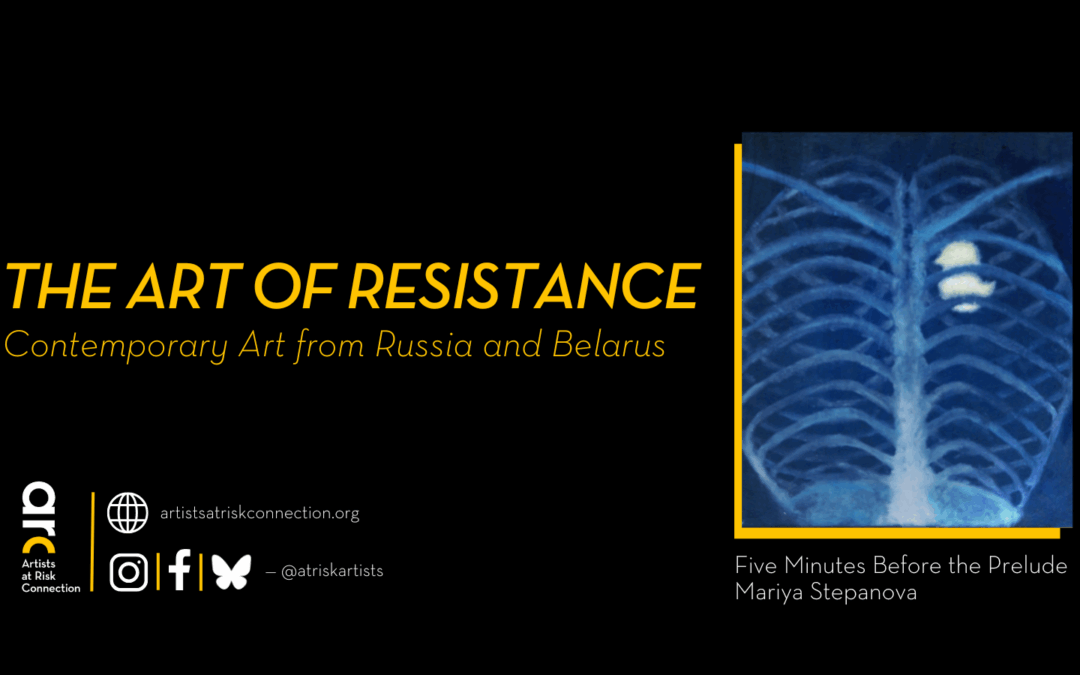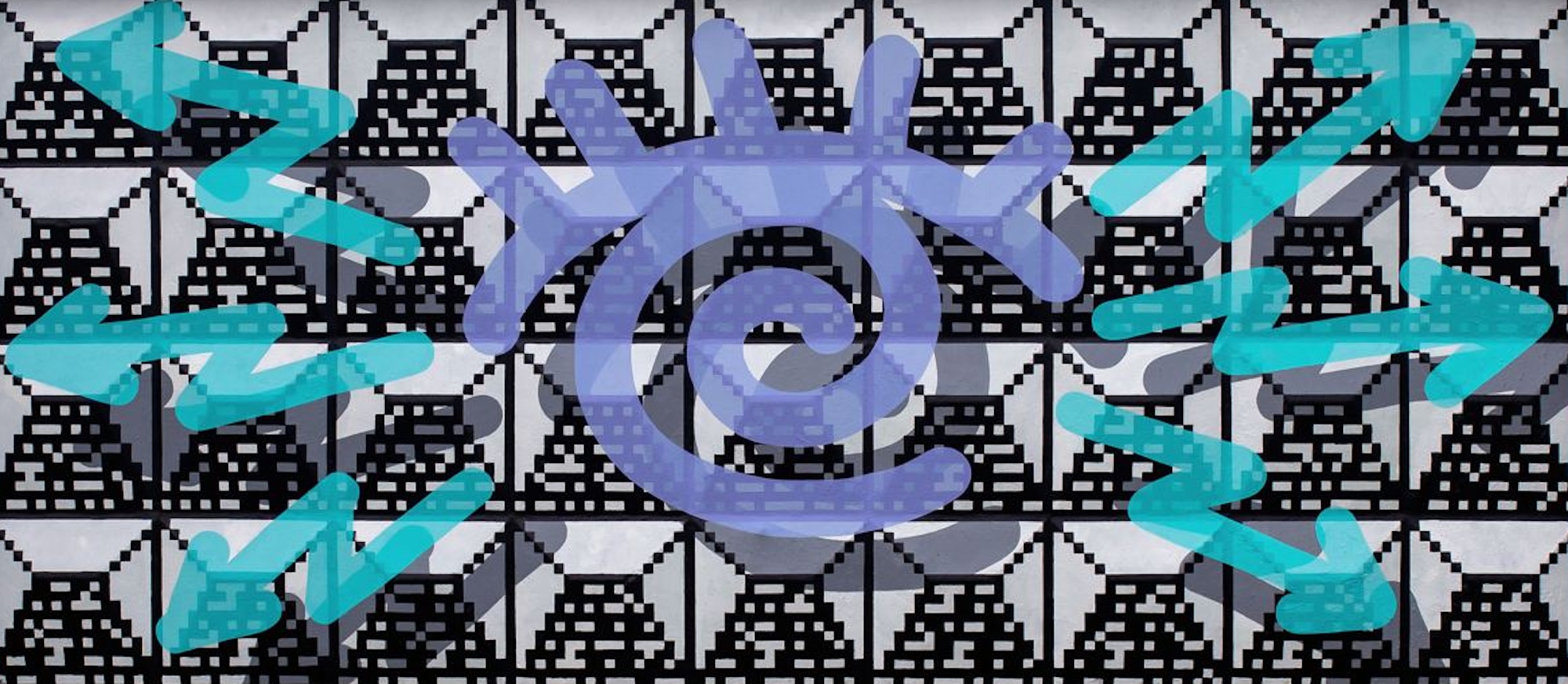
The Art of Resistance:
Contemporary Art from
Russia & Belarus
Curated by Vera Shengelia

The Art of Resistance: Contemporary Art from Russia and Belarus is a stirring testament to the power of creative defiance in the face of authoritarianism. Presented by Artists at Risk Connection (ARC) to mark the World Day for Cultural Diversity for Dialogue and Development (21 May 2025) and to celebrate the 20th anniversary of the 2005 UNESCO Convention on the Protection and Promotion of the Diversity of Cultural Expressions, this online exhibition showcases the work of 13 contemporary Russian and Belarusian artists who, in the wake of Russia’s full-scale invasion of Ukraine in February 2022, have mobilized to oppose the war and advocate for peace. As their colleagues in Ukraine were killed, injured, and forced to flee their homes and country, these Russian and Belarusian artists faced escalating persecution at home: arrests, criminal prosecutions, imprisonment, forced conscription, physical assault, job dismissals, and exile. In some tragic cases, artists were killed or died under suspicious circumstances.
The artists featured in this exhibition—recipients of ARC’s Emergency and Resilience Grants for Eurasian artists—use their work to confront war, state violence, and the suppression of dissent. Through painting, performance, animation, and protest art, they explore anti-war resistance, political persecution, and the emotional and psychological impact of displacement.
The exhibition not only exposes the dangers of making art under authoritarian rule, but also highlights the resilience that emerges in response. From strategies of survival and adaptation to the creation of cross-border artistic communities, The Art of Resistance reveals how creativity endures when all else falls apart.
By amplifying these voices, The Art of Resistance underscores that artistic expression, in times of shrinking civic space and cultural erasure, is not only a fundamental right but an act of resistance, survival, and a powerful pathway to freedom.
* Cover image: Philippenzo, “Hypnosis”
Russian Artists
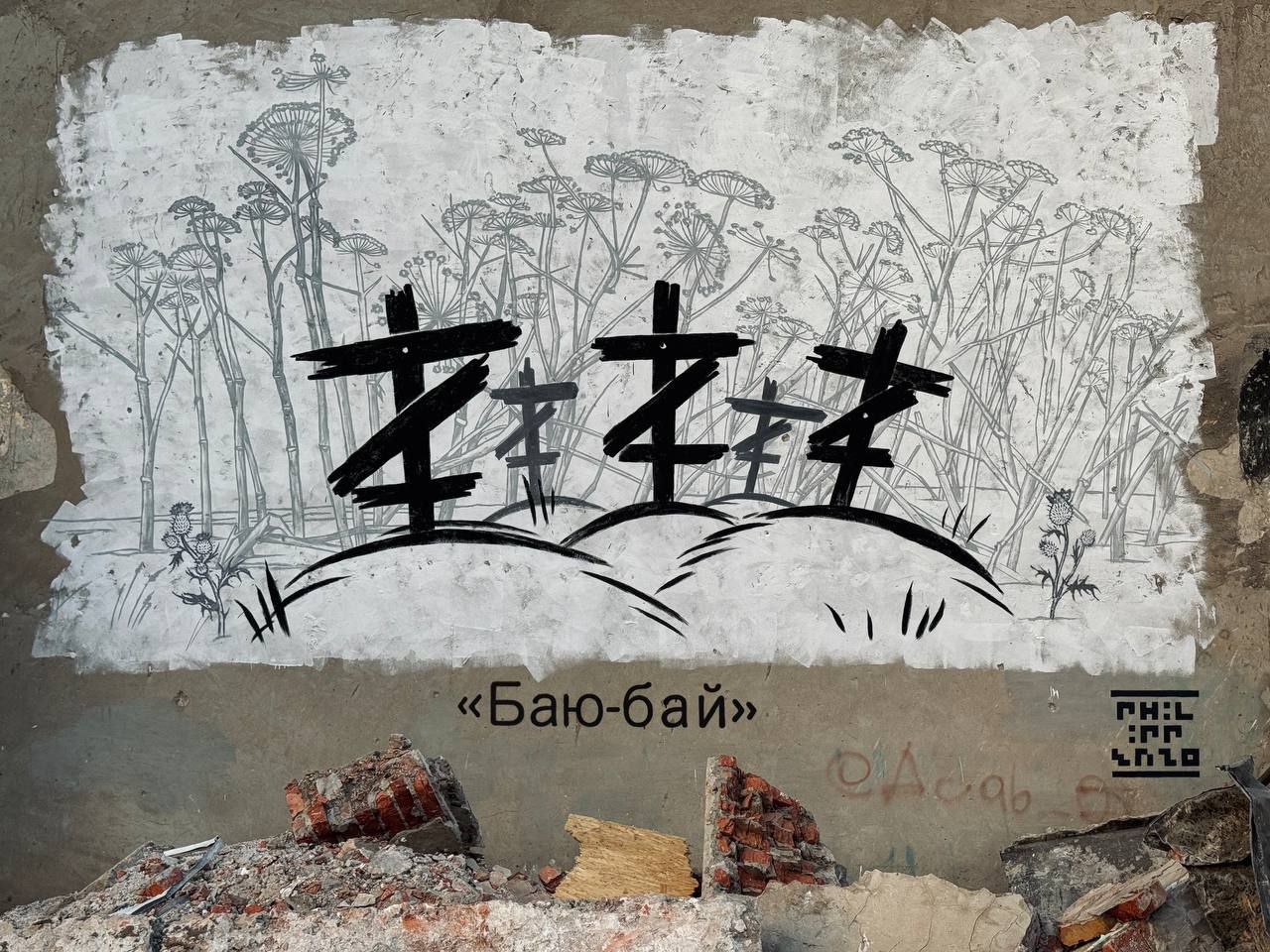
Philippenzo
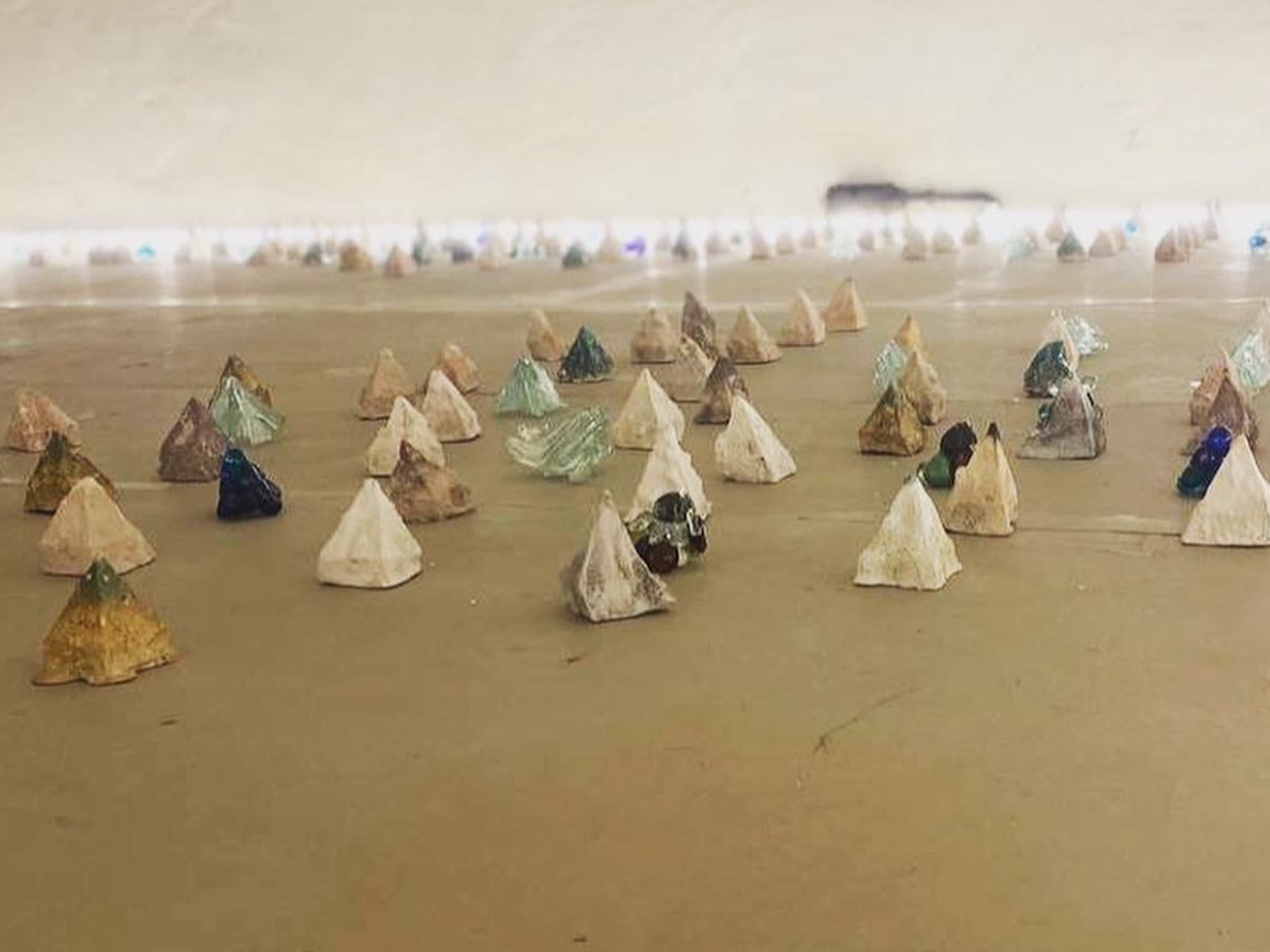
Anastasiya Sukhareva-Morozova
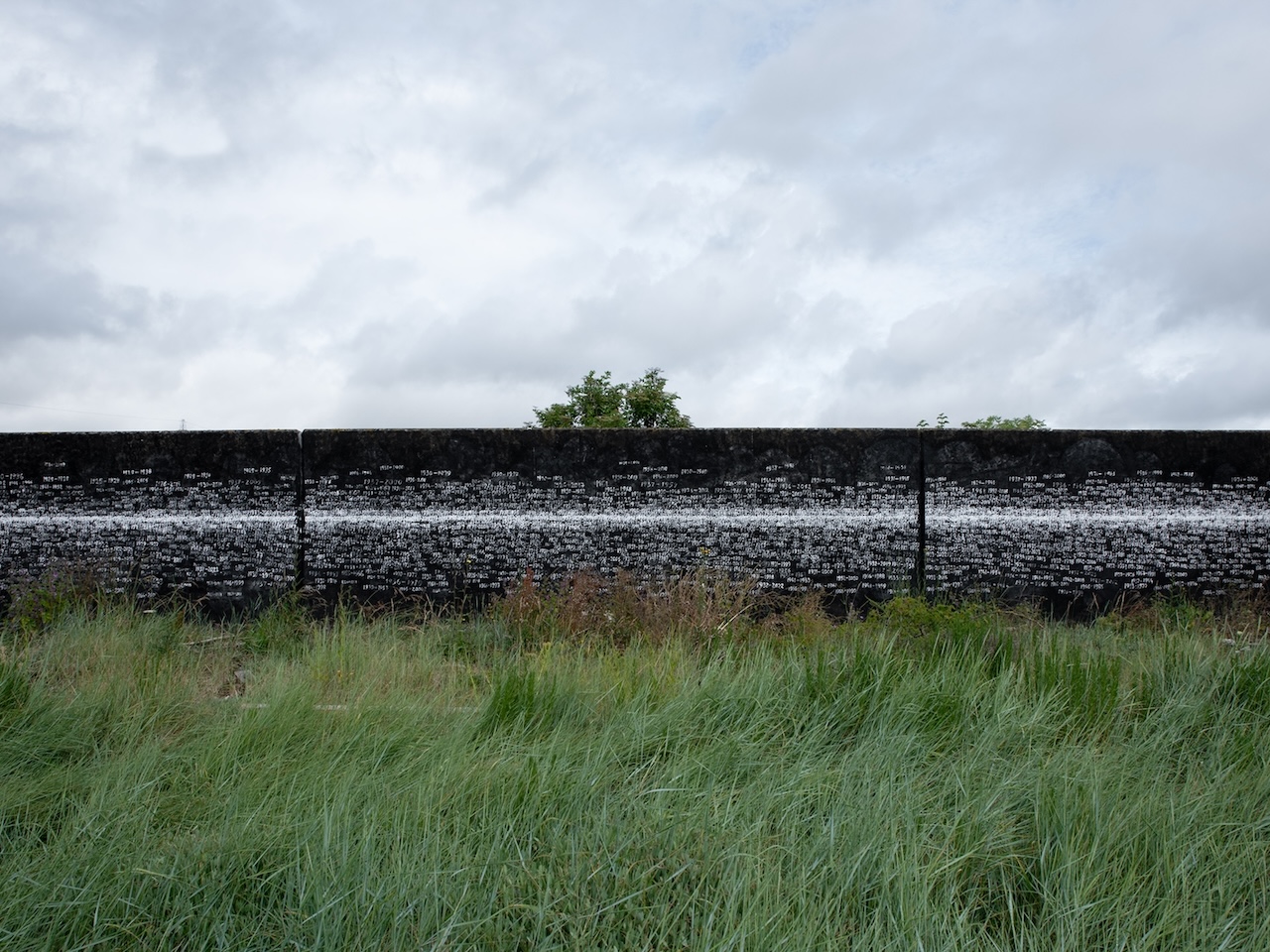
742
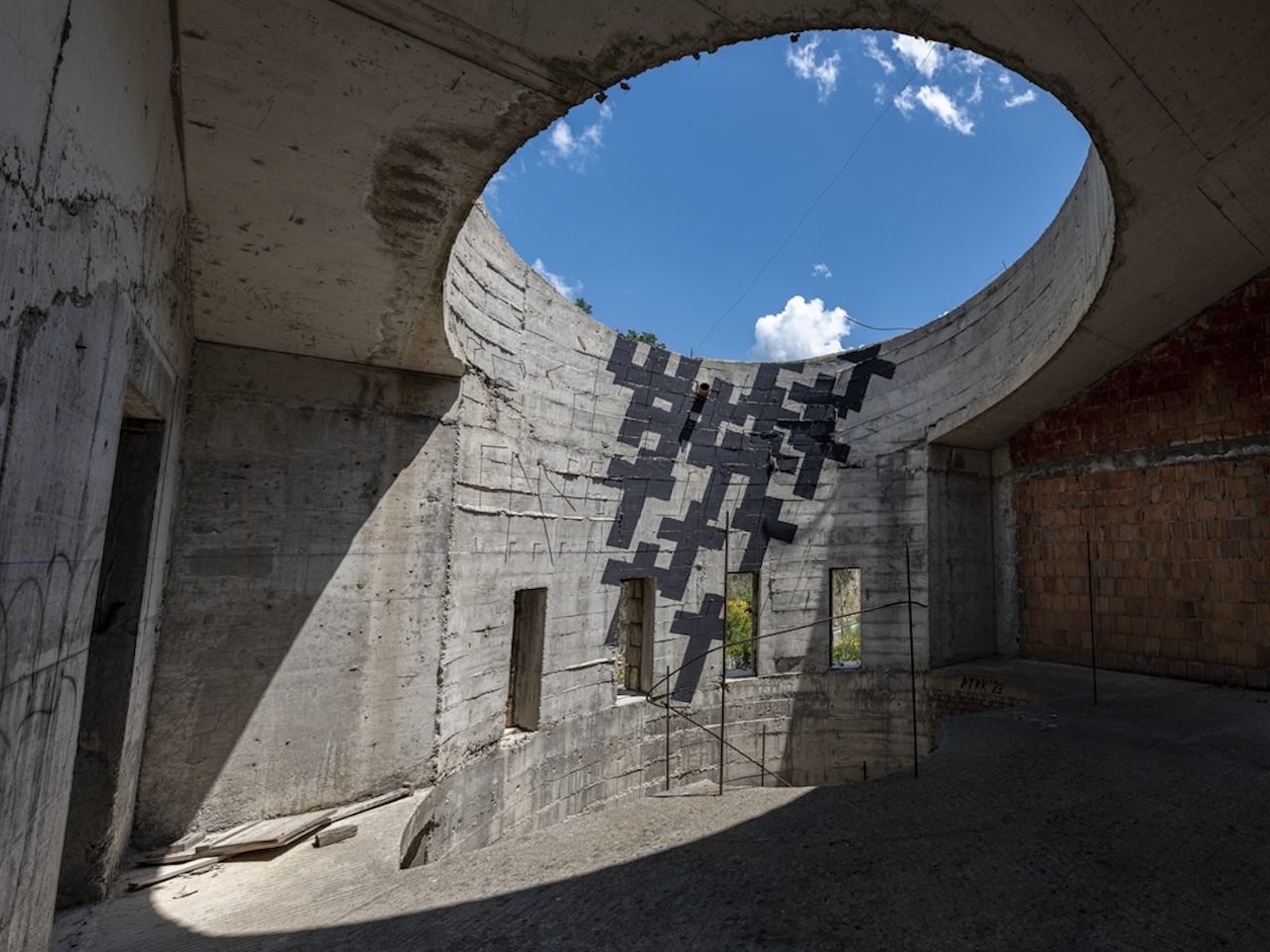
Slava PTRK

Malyshki 18:20

Party of the Dead
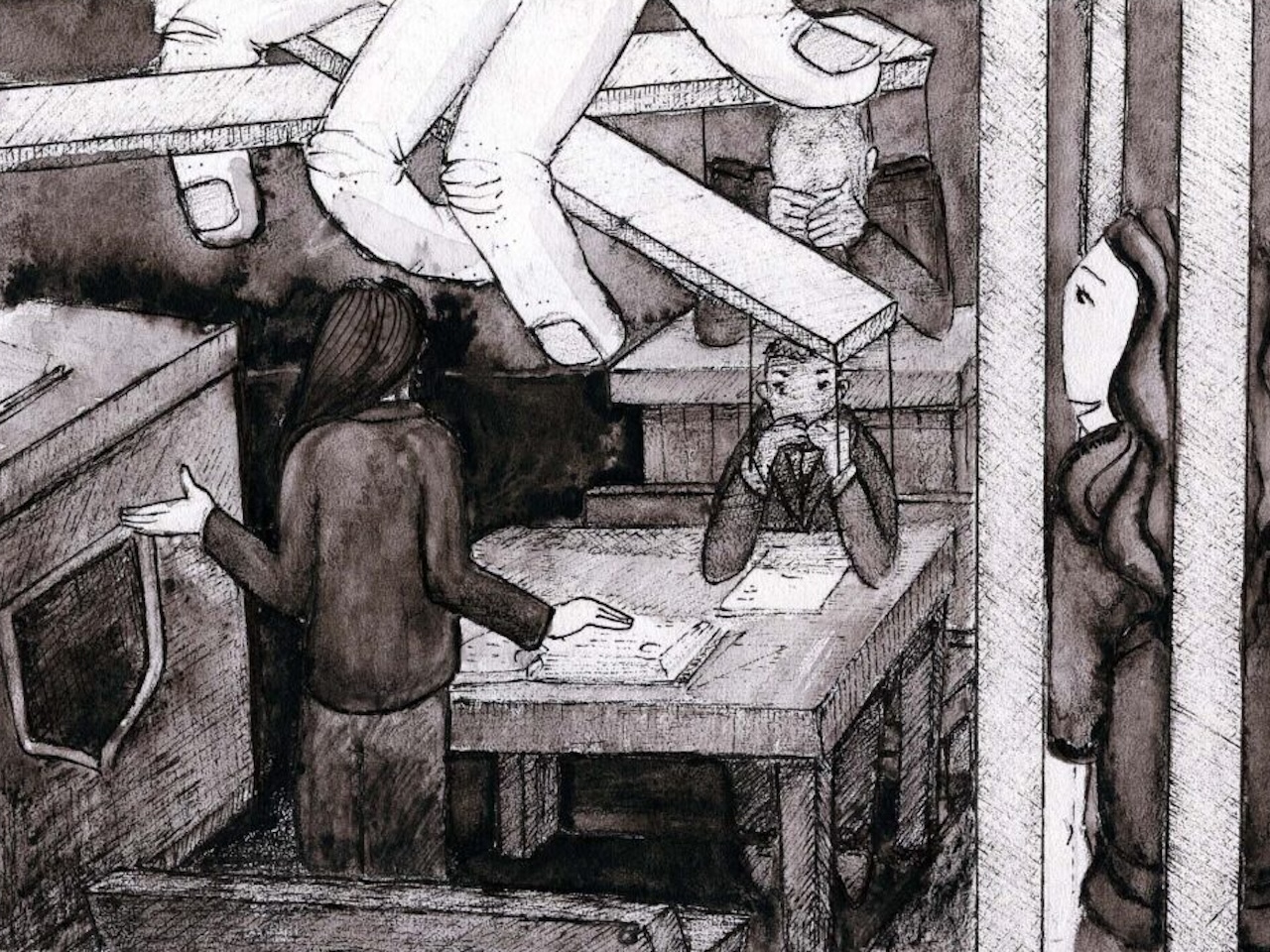
Sasha Skochilenko
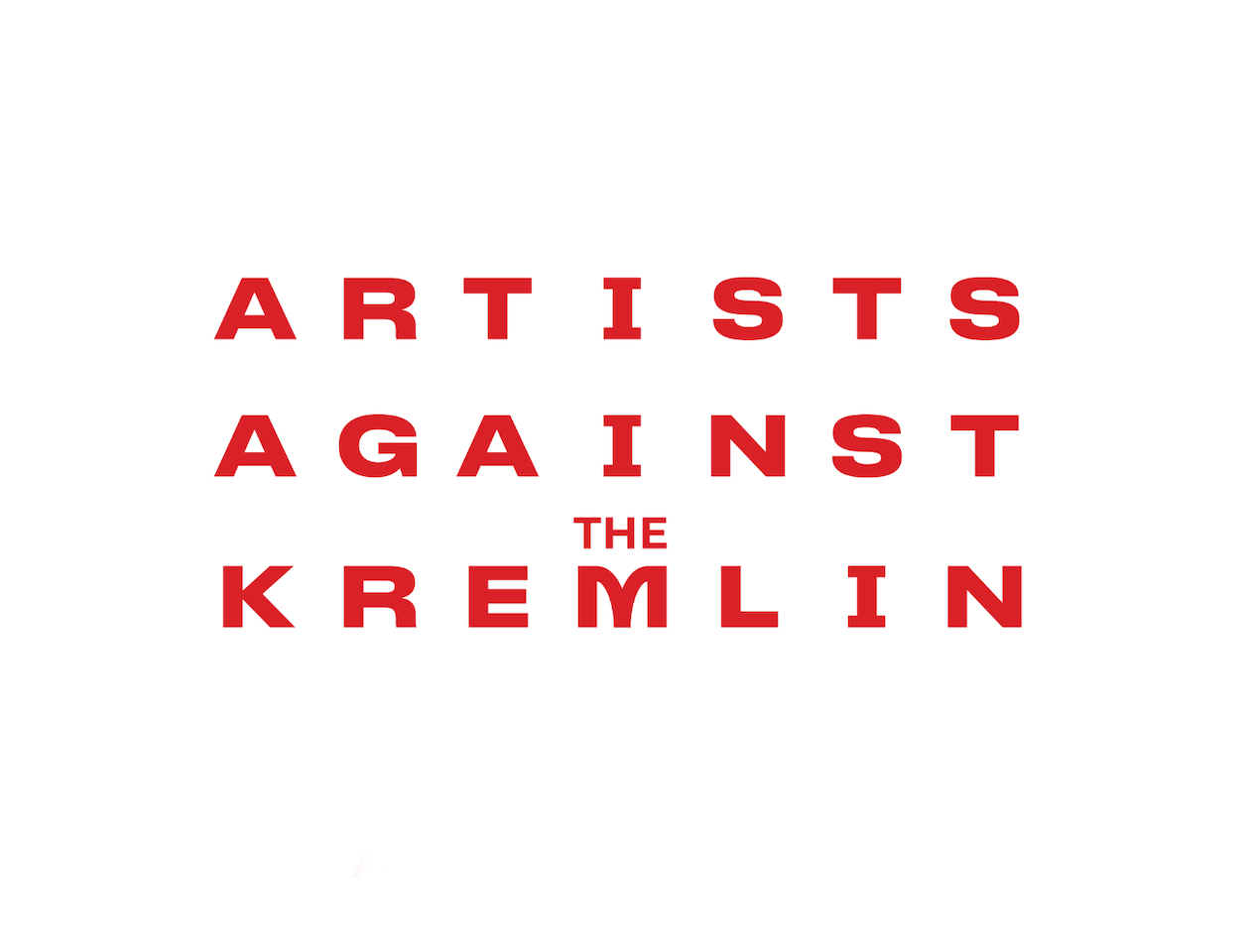
Vladimir Shalamov
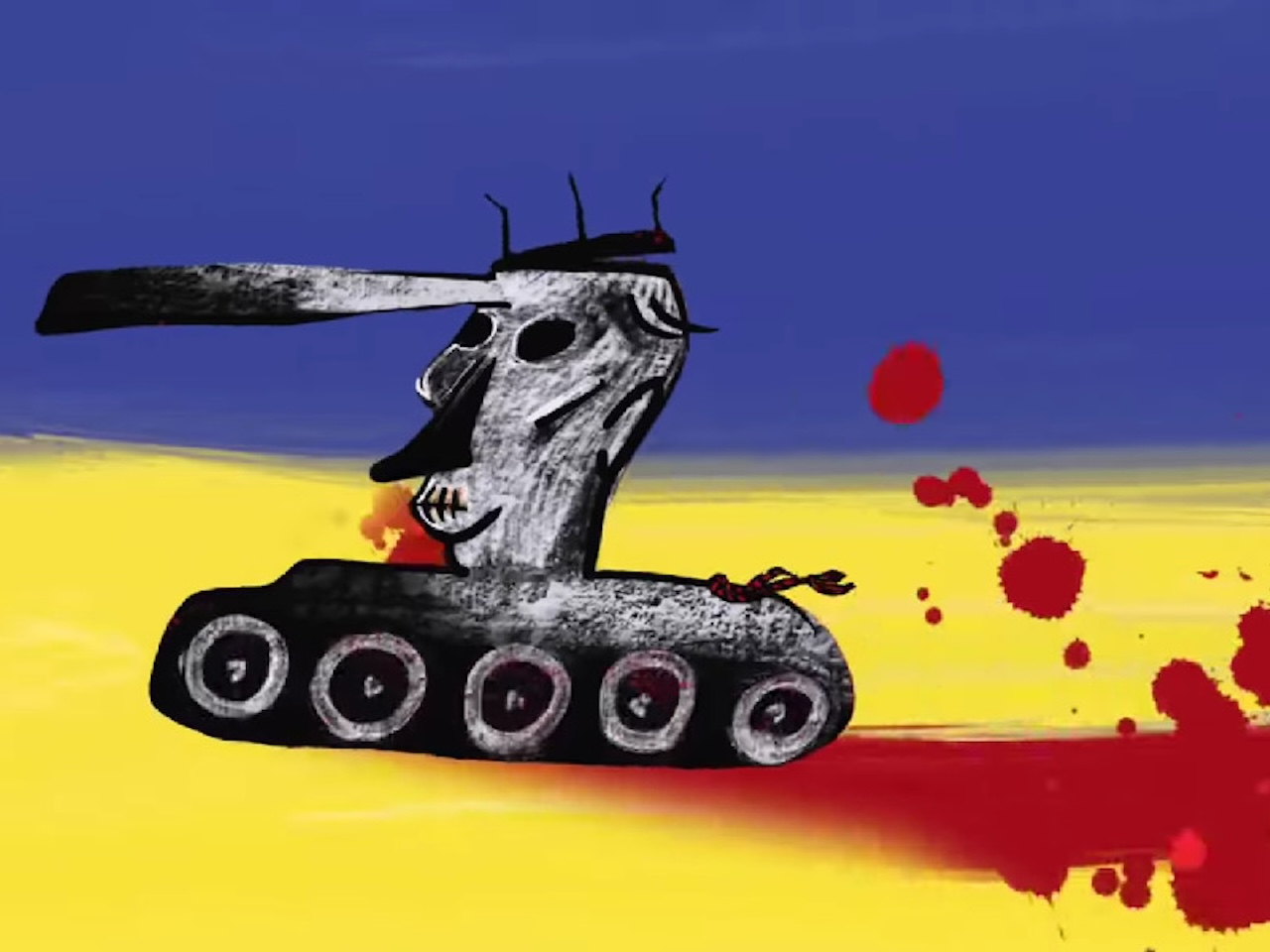
Daria Yurischeva
Belarusian Artists
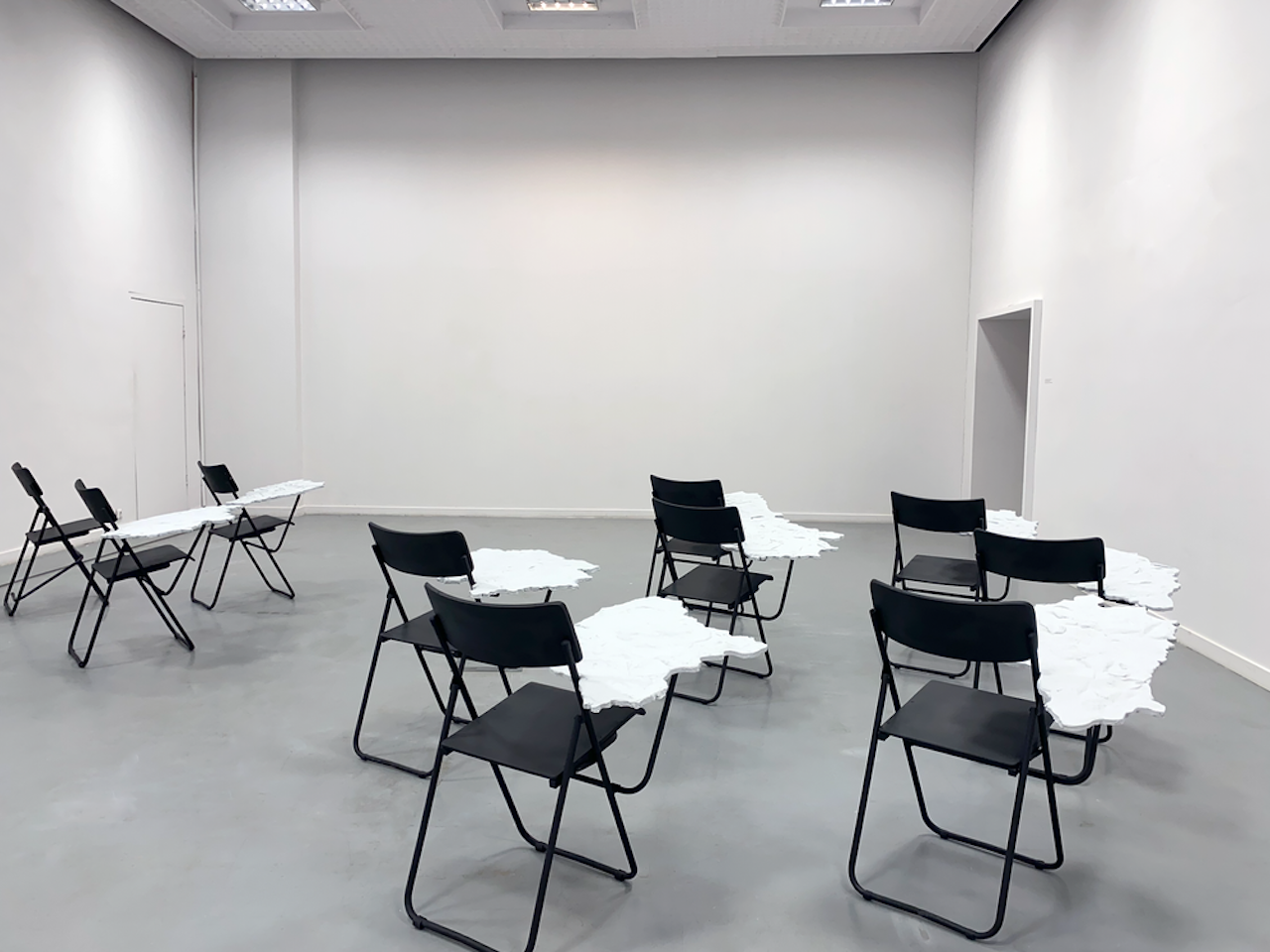
Lesia Pcholka
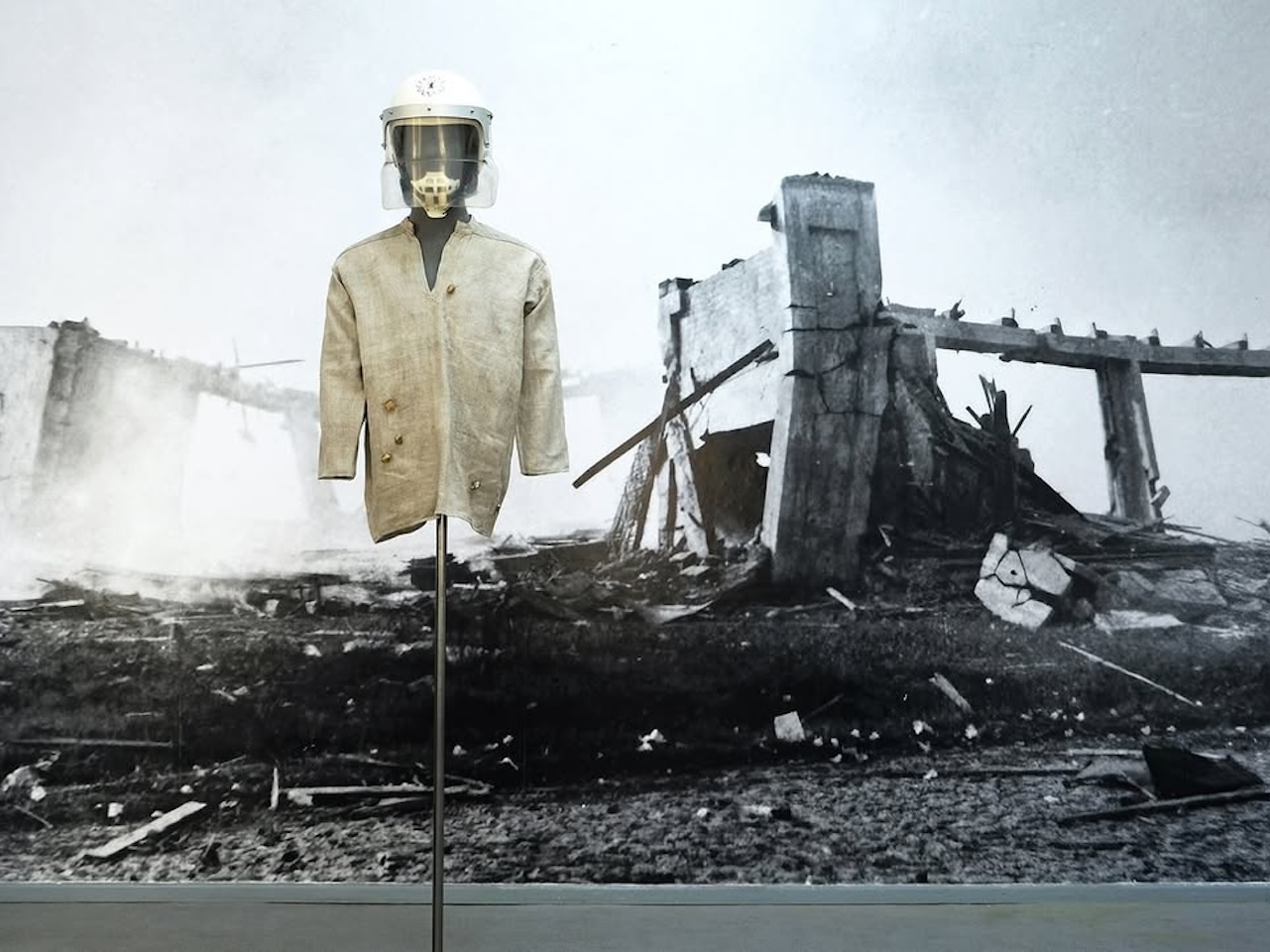
Uladzimir hramovich
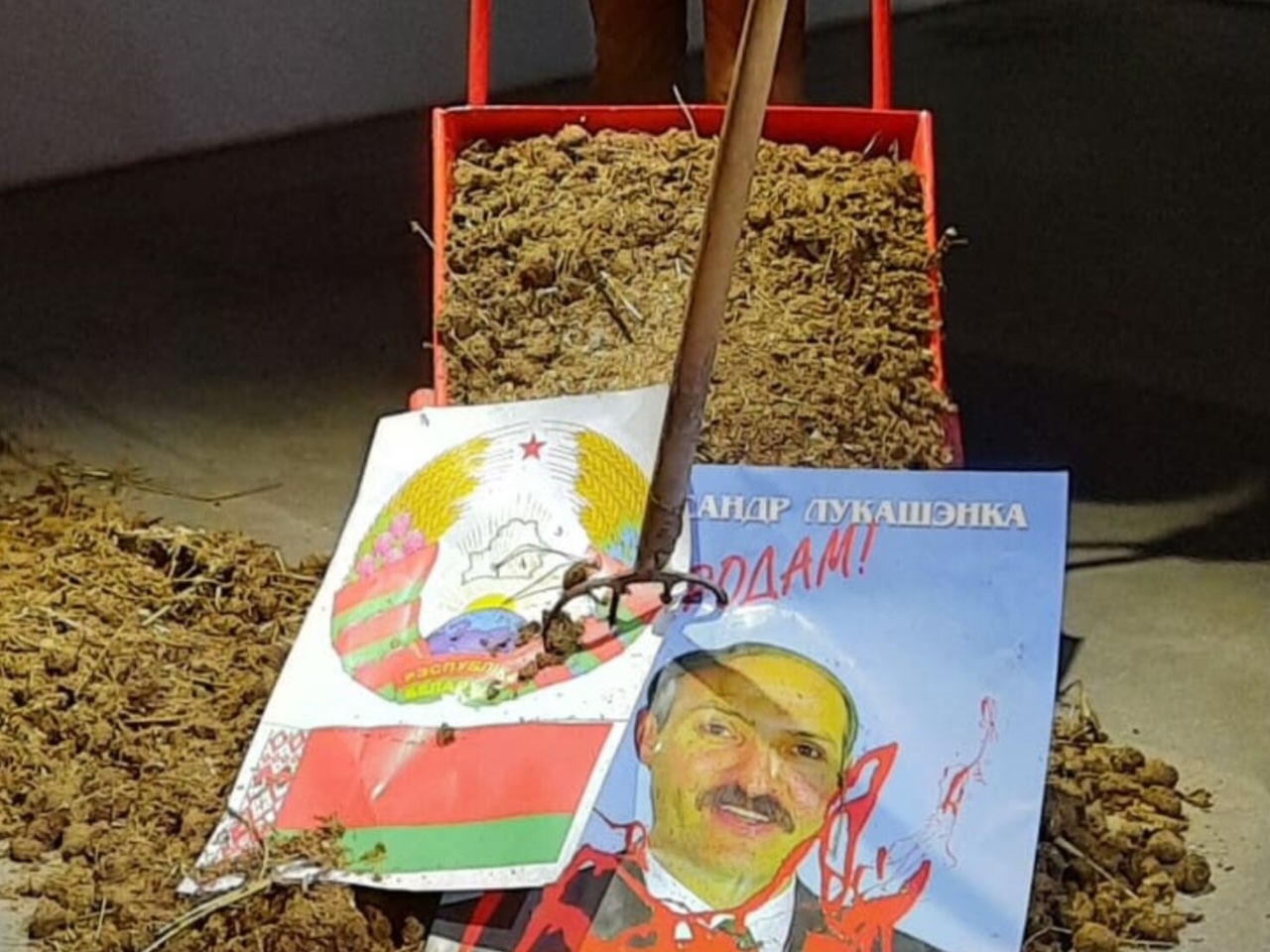
Ales Pushkin
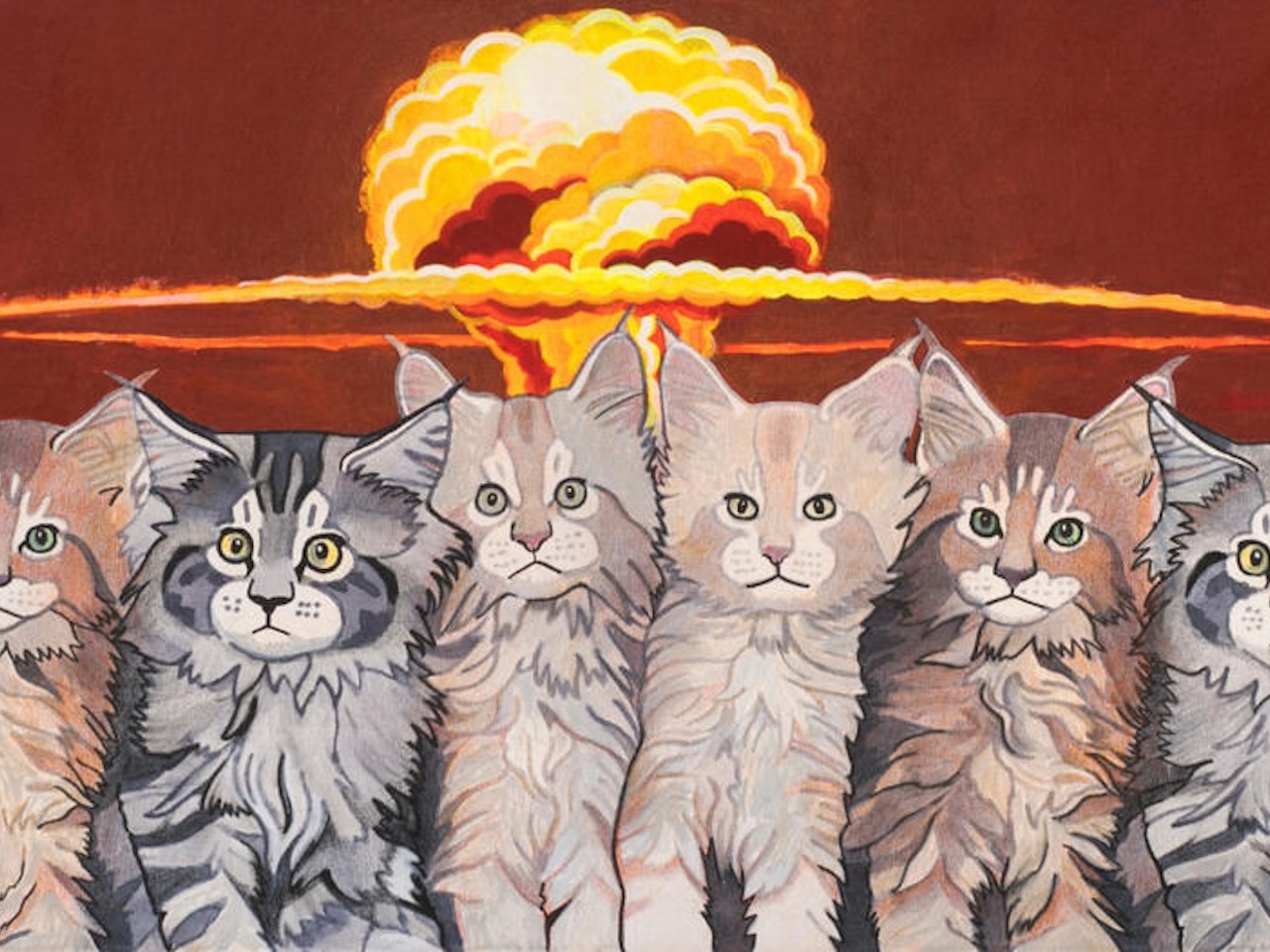
Mikhail Gulin
Curatorial Statement
The work of the artists featured in The Art of Resistance speaks to the elastic forms of resistance that creativity under pressure can take. Against the backdrop of pervasive and growing authoritarianism in Putin’s Russia and Lukashenko’s Belarus, art becomes an act of endurance, and while certain artists cast their eyes towards a faraway vision of the future, others can look only at the near- and middle distance. Some artists, like the Russian visual artist, musician, poet, and former political prisoner Sasha Skochilenko, approach the oppression they faced through a focus on the intimate and interpretive elements of their experience. Her dreamlike piece Puppet—part of a series of drawings made while in prison and clandestinely sent to her supporters on the outside—depicts the artist’s ordeal in court, with the massive hand of an anonymous puppet master controlling the movements of the judge and prosecutor. Other works in the exhibition, like the photographic series Descent into the Marsh (2024) by Belarusian artist, archivist, and activist Lesia Pcholka, approach the history of authoritarianism and dissent in their countries broadly, and more head-on. The piece highlights the ongoing repression Belarusians have faced, as well as the thousands of political prisoners held in the country, and the roughly one million now in exile. The artist also looks beyond the specificities of one country or region, connecting Belarus’ struggle to global examples of resistance against digital repression, citing Hong Kong’s pro-democracy movement.
Every artist featured in The Art of Resistance has paid a hefty price for speaking truth to power, exposing the criminality and cruelty of their regime, or merely planting the seeds of discomforting questions. Some, like Sasha Skochilenko (Russia), Philippenzo (Russia), and Uladzimir Hramovich (Belarus) have faced periods of imprisonment, torture, and eventual exile. Belarusian artist Ales Pushkin died in detention in July 2023, after having been prominently active in protests against the regime. What unites every artist featured–through both their artistic work and their corresponding interviews–is their enduring resolve, bravery, and willingness to challenge dominant narratives imposed by the state, and thereby use their art as a means to confront power.


